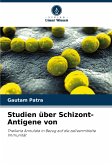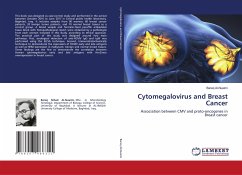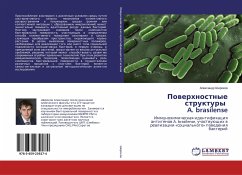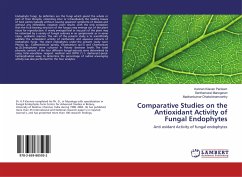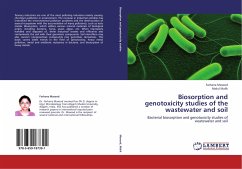Bovine theileriosis in cattle is manifested by pyrexia, lymphoid hyperplasia, digestive disorders and associated pathology due to destruction of erythrocytes. Theileria are tick-borne haemoprotozoa which multiply by schizogony in lymphocytes, first as macroschizonts and then as microschizonts. Subsequently, the "micromerozoites" enter erythrocytes as pleomorphic nonpigmented bodies, referred to as piroplasms and representing the gametogony stage of life cycle. The ixodid ticks pick up the piroplasms which develop as "sporozoites" in the acini of salivary gland. The infection acquired by the engorging larvae or nymph is transmitted to cattle by the bite of the succeeding nymphal or adult stage.
Bitte wählen Sie Ihr Anliegen aus.
Rechnungen
Retourenschein anfordern
Bestellstatus
Storno


